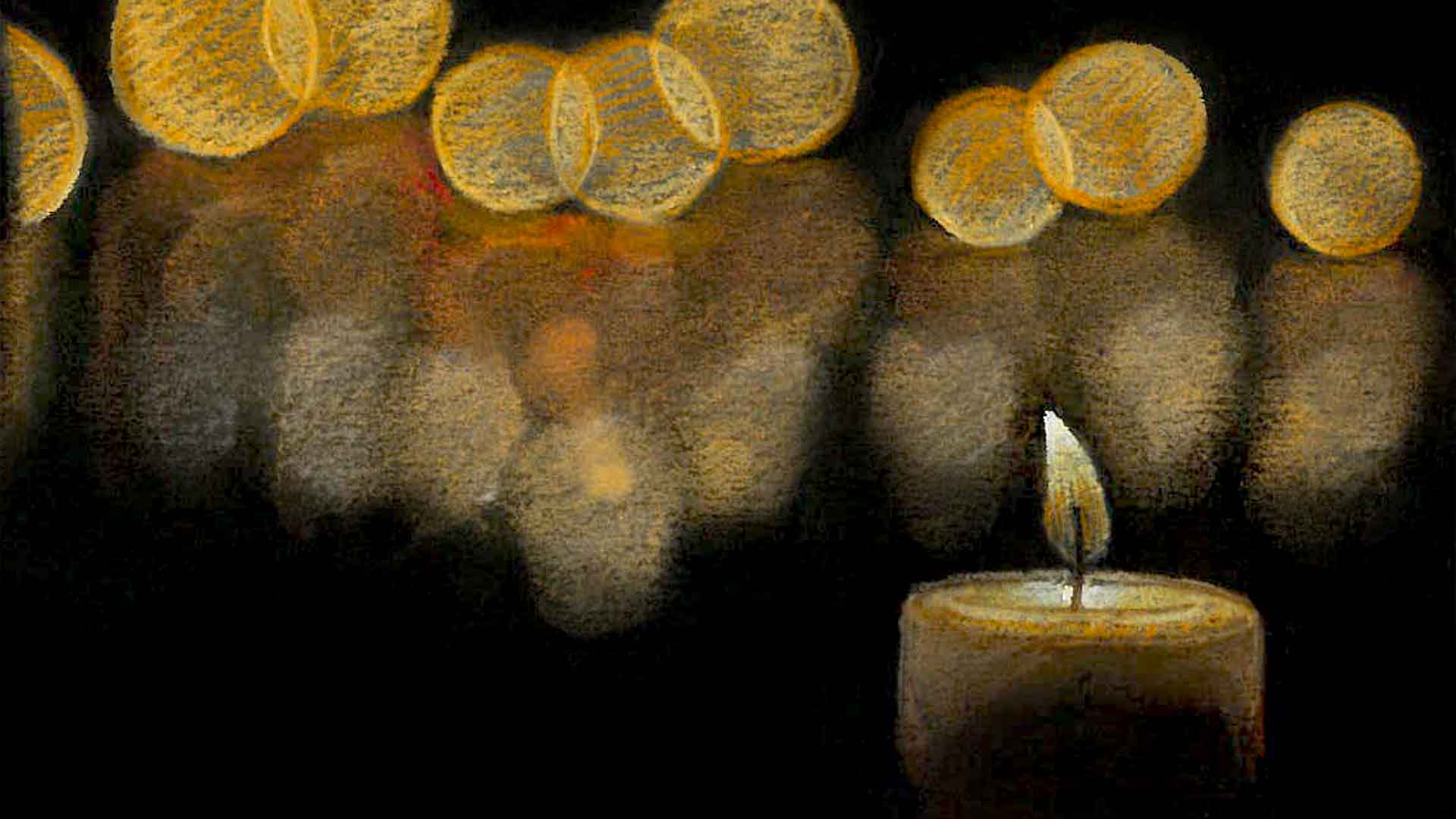Evoking Emotion
Last year I had the opportunity to lecture at a conference called “Beyond functional lighting: dialogues about lighting” in Barcelona, hosted by the Associació d’Enginyers de Catalunya. Along with other professionals, who work with light in other disciplines, I discussed the topic of lighting beyond functionality, from the perspective of a lighting designer.
As we know, people are becoming more and more aware of the importance of lighting, especially artificial lighting. There are lots of reasons why, some of which include more coverage of the subject, sustainability, human wellbeing and productivity, to name a few. We also know that the design of artificial lighting installations have to meet standards and regulatory criteria, to ensure that lighting is safe, appropriate and considered.
However, lighting is not exclusively “functional”. There are also the emotional conditions of enjoyment, and the improvement of aspects related to the visual and physiological health of people. And whether it’s natural lighting or artificial lighting, the key is to apply the right light in the right place.
The idea behind my lecture was to focus on the importance of light as an emotional element, and how it allows people to connect and form a relationship with their surroundings. From the largest areas to the smallest spaces, there’s nothing like light to provide multiple possibilities to enhance architecture. In fact, one of the most exciting challenges of lighting is for it to be integrated into architecture to achieve a whole. So the relationship between light and environment is something to always have in mind. When it comes to lighting…
It’s a powerful way to communicate experiences or praise emotions:

Tadao Ando’s Architecture
It allows us to transform spaces:

Left to Right: Liz West, James Turrell & Olafur Eliasson
It “undresses” the architecture through transparencies:

Sedus Stoll Ag by Ludloff + Ludloff Architekten
Or it even creates visual hierarchy and determines what elements are really important:

Left to Right: Notre Dame Basilica Montreal by Ombrages, Örebro Castle by Ljusarkitektur, In Lumine Tuo by Speirs+Major
Light is, for sure, an added value and an essential element that should be emotional, as well as functional. A good lighting design should always add merit and never detract. Therefore, when we speak about light as a narrative element, it must give a discourse coherent with the environment. In fact, light can be extremely helpful in this context. Light tends to be more suggestive and attractive in an abstract context, very much like art. With light, I personally think art and function play an important role and both can work side by side.
A good way to convey this “abstract context” is by sharing some of my personal sketches:

Before using 3D visualisations, I was trained as an interior designer using hand drawings. I faced the need to be clear and communicate proposals – even when it came to “drawing” light. The idea was (and still is) to help others understand your ideas, allowing them to “see” the light – of course you can’t see light, but you can see illuminated surfaces. I feel a sketch has an instant attraction to convey an idea – an unbeatable charm that expresses emotion, compared to that of a render or photograph of a lighting effect (sketching is my favourite visual communication skill). When it comes to design, it’s good communication that allows us to consolidate and defend a lighting scheme with a clear and precise discourse.
For me, Barcelona involved talking about the “emotional element” of lighting because it’s something I’m passionate about. But it was fascinating, as always, to hear my fellow speakers talk about other lighting-related topics – from engineers, architects and designers, to health professionals and artists. Most of all were concerned about over exposure of blue light and how it may be affecting our health; some discussed subjective perception and visual comfort and how we measure the quantity and quality of light; others talked about sustainable lighting solutions and how to obtain energy efficiency and cost reduction.
One thing I took away from the event was that it’s not just a coincidence that all the speakers realise that from the same topic, with plenty of views, everyone is on the same side: lighting with common sense.
Blog post and sketches by Lucia Abenojar


